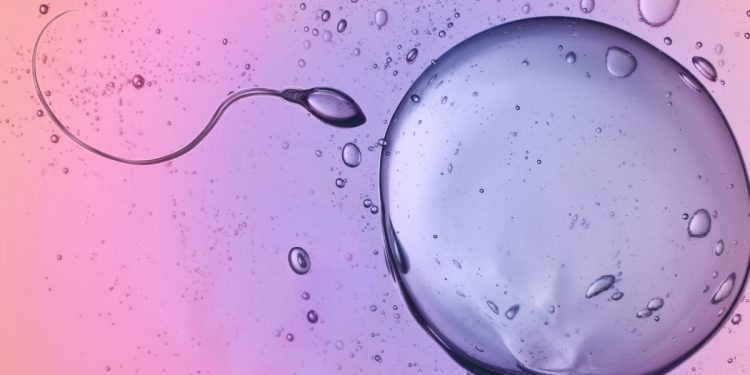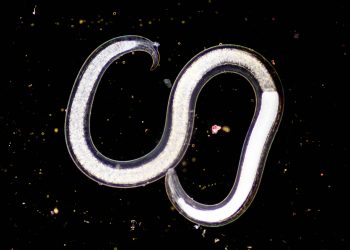Human sperm can easily swim in surprisingly viscous fluids – and to do so, they apparently defy Newton’s third law of motion.
To understand how they slip through substances that should, in theory, resist their movement, a team led by Kenta Ishimoto, a mathematician at Kyoto University, studied the movements of sperm and other microscopic biological swimmers a few years ago.
When Sir Isaac Newton devised his now-famous laws of motion in 1686, he sought to explain the relationship between a physical object and the forces acting on it with a few precise principles that, as it turns out, don’t necessarily apply to microscopic cells writhing in sticky fluids.
Related: We’ve Misinterpreted a Major Law of Physics for Nearly 300 Years
Newton’s third law can be summarized as follows: “For every action, there is an equal and opposite reaction.” It means a special symmetry in nature where opposing forces act against each other.
In the simplest example, two balls of equal size colliding while rolling along the ground will transfer their force and rebound based on this law.
However, nature is chaotic and not all physical systems are linked by these symmetries. So-called nonreciprocal interactions appear in unruly systems composed of flocking birds, particles in fluids, and swimming sperm.
These mobile agents move in ways that exhibit asymmetric interactions with the animals behind them or with the fluids around them, thereby forming a fault line that allows equal and opposite forces to circumvent Newton’s third law.
Because birds and cells generate their own energy, which is added to the system with every flap of their wings or movement of their tail, the system is pushed far from equilibrium and the same rules do not apply.
In their study published in October 2023, Ishimoto and colleagues analyzed experimental data on human sperm and also modeled the movement of green algae, Chlamydomonas. Both swim using thin, curved flagella that protrude from the cell body and change shape or deform to move the cells forward.

Highly viscous fluids generally dissipate the energy of a flagellum, preventing a single-celled sperm or algae from moving much. And yet, elastic flagella can propel these cells without provoking a response from their environment.
Researchers have discovered that sperm tails and algae flagella have a “strange elasticity,” which allows these flexible appendages to move without losing much energy to the surrounding fluid.
But this strange elasticity property did not fully explain the propulsion due to the wave-like movement of the flagella. So, from their modeling studies, the researchers also derived a new term, strange elastic modulus, to describe the internal mechanics of flagella.
“From simple soluble models to biological flagellar waveforms for Chlamydomonas and sperm, we studied the odd bending modulus to decipher the non-local, non-reciprocal internal interactions within the material,” the researchers concluded.
The results could help in the design of small, self-assembled robots that mimic living materials, while the modeling methods could be used to better understand the underlying principles of collective behavior, the team said.
The study was published in PRX Life.
An earlier version of this article was published in October 2023.









